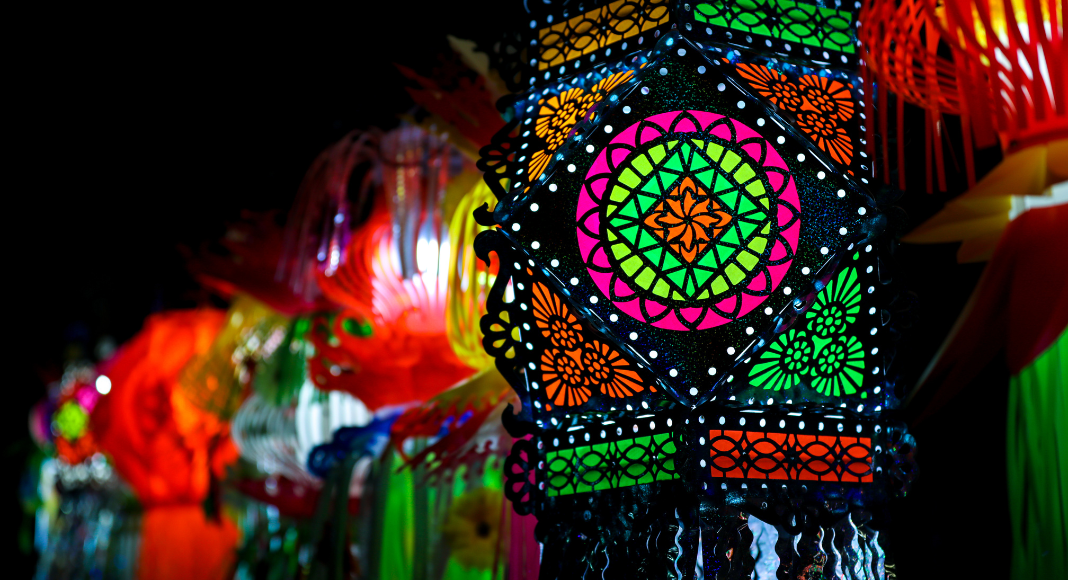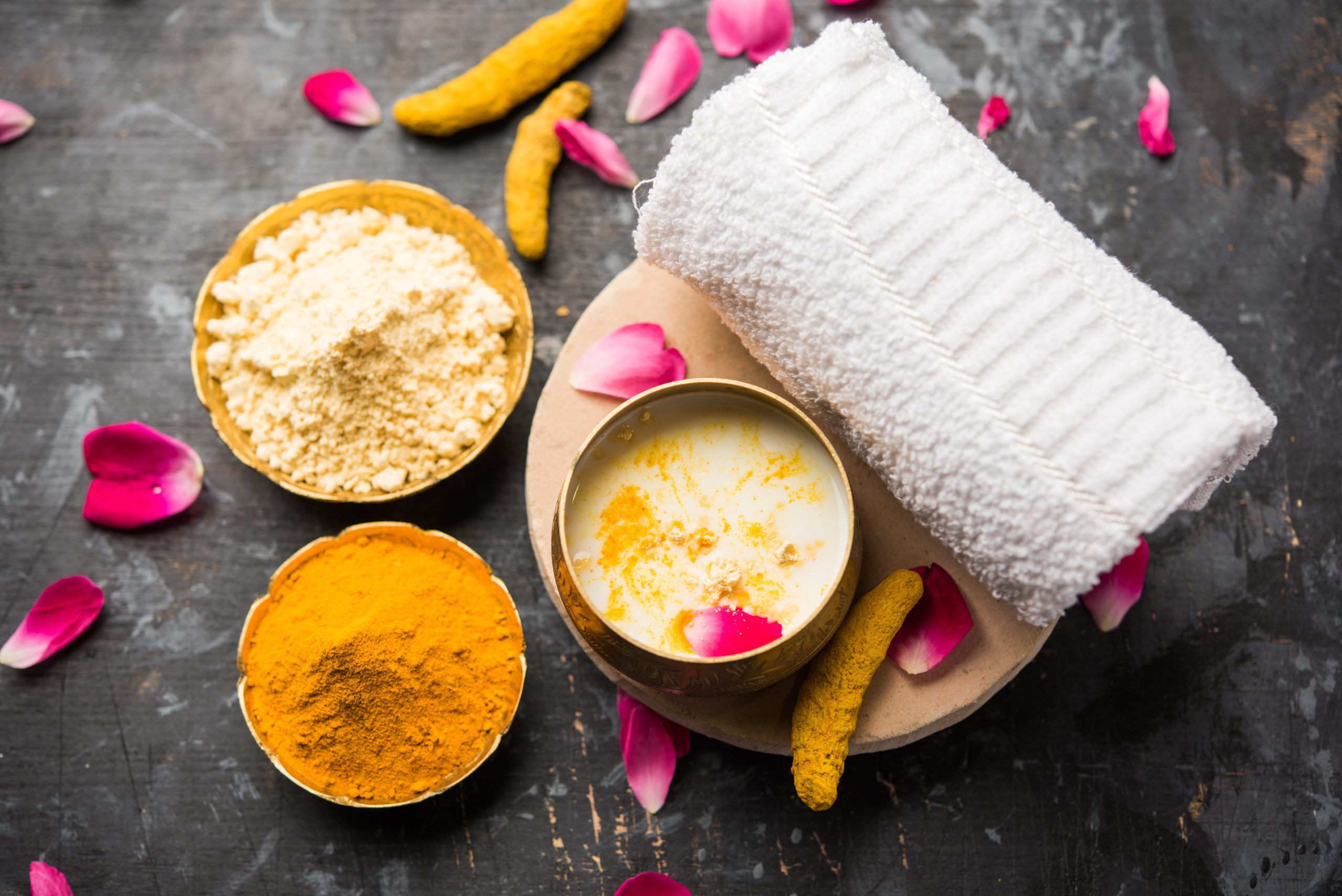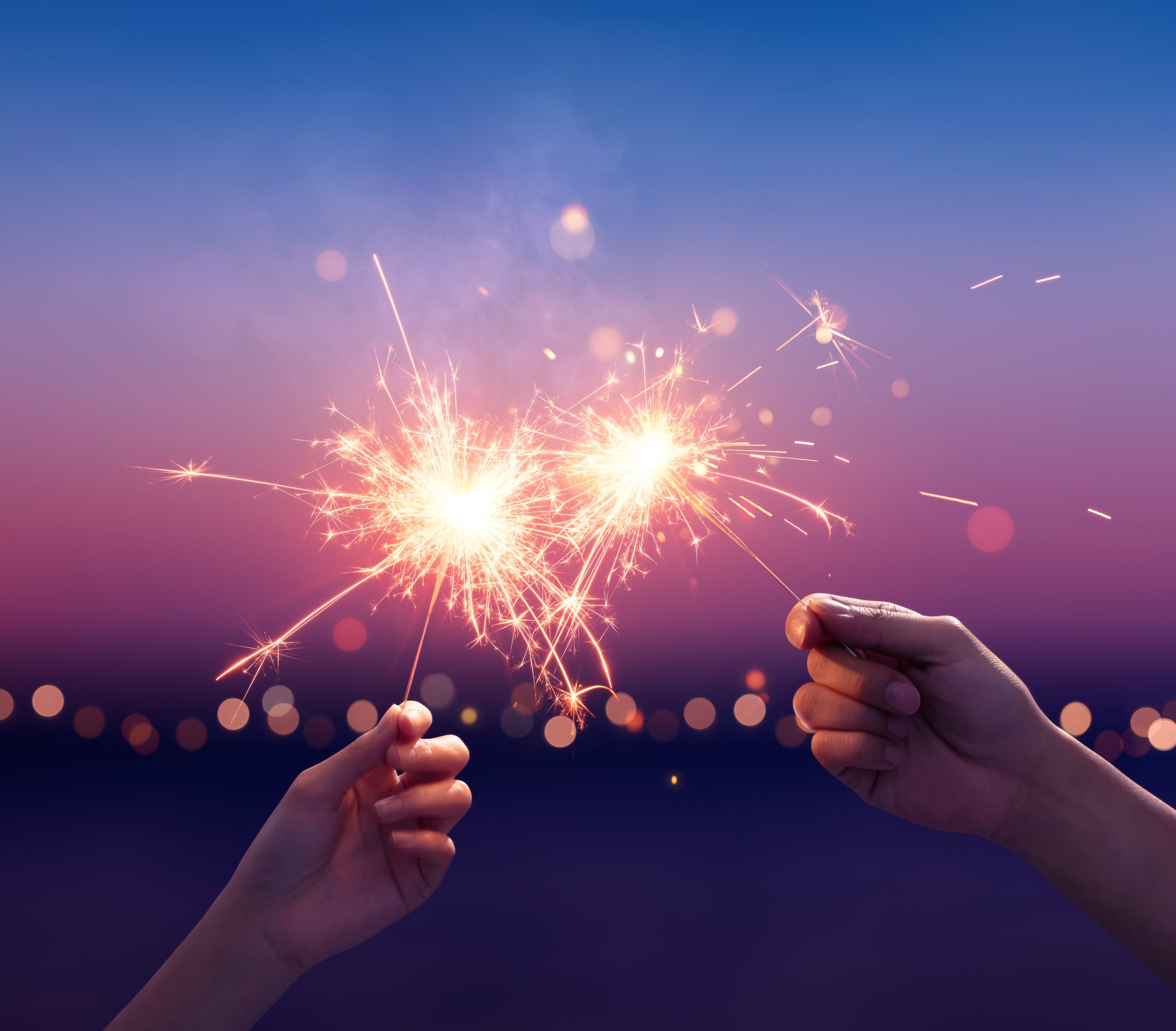As an Indian living in the USA, there are many things that I miss about my home country. I miss the people, I miss the food, I miss the heat, and I miss the traffic, but above all, I miss the festivities, especially during Diwali.
Diwali, or Deepawali, is one of the biggest Hindu festivals and is very dear to my heart. There are so many wonderful memories of my childhood during Diwali–the aroma of the sweets, the roar of the fireworks, the sight of beautiful lanterns and rangolis. The whole country is a remarkable sight!
*words in bold can be found at the bottom of the post in the glossary!
 Significance of Diwali
Significance of Diwali
I grew up with many Diwali stories from my grandparents, but the moral of all of the stories was the same. It is a celebration of “victory of light over darkness, good over evil, and knowledge over ignorance.”
Per Hindu mythology, it is believed that on Diwali, Lord Ram returned to his kingdom, Ayodhya, after 14 years of exile during which he fought and won a battle against the demons and the demon king, Ravana. The people of Ayodhya were overjoyed with his return and illuminated the entire kingdom with oil lamps and burst firecrackers for his welcome and so, this day of his return is celebrated as Diwali.
Preparing for the Festivities
To get in the festive spirit, houses are cleaned and colorful lanterns and lights are lit up. Beautiful rangolis are drawn outside homes, and delicious festive snacks are prepared prior to the start of Diwali. One of the prominent memories I have is making laddoos and chakalis with my mother. It really was a lot of work, but still a lot of fun!
Diwali Festivities
Depending on the Hindu lunar calendar, Diwali is celebrated for four to five days, with each day having its own significance.
Dhanteras or Dhantrayodashi
Dhanteras or Dhantrayodashi is the first day of Diwali and is dedicated to the worship of Lord Dhanwantari, the God of medicine. It is considered an auspicious day to buy gold. People tend to make a lot of jewelry purchases on this day.
Narak Chaturdashi or Kali Chaudas
Narak Chaturdashi or Kali Chaudas is the second day of Diwali and is called Choti Diwali in many parts of India. Per Hindu mythology, on this day, Lord Krishna killed the demon named Narakasur, freeing the world from his terror.
On this day, an “Abhyanga Snan” (a holy bath) is taken early in the morning. The bath consists of first massaging the body with essential oils mixed with herbs and spices called uptan, and then taking a shower with scented soaps. A mouthwatering breakfast with a variety of sweets and snacks awaits after this holy bath.
Laxmi Pujan
Laxmi Pujan is the third day of Diwali and the official start of Diwali. It is celebrated to worship Goddess Laxmi, Goddess of wealth, and Lord Ganesha, God of wisdom and remover of obstacles. Pujas are conducted in the evening by lighting diya (oil lamp) and offering flowers and sweets to seek the god’s blessings for good health, wealth, and prosperity. In some parts of India, people also worship cash, jewelry, cars, or anything valuable, as they consider these as their wealth.
Padwa
The fourth day of Diwali is called Padwa, which celebrates the bond between the wife and husband. On Padwa, the wife prays for the long life, wealth, and prosperity of her husband, and the husband showers the wife with gifts.
The day is also celebrated as Bali Pratipada, the day when Lord Vishnu’s avatar Vaamana took over all the three worlds from demon King Bali. The king was later sent to the underworld. As the king had a great affection for his people, he gained permission to visit the kingdom once a year. And since then, people celebrate the day as the homecoming of Bali as Bali Pratipada.
Bhai Dooj
Bhai Dooj is the fifth and last day of Diwali, and is celebrated to honor the relationship between siblings. It is said that Lord Yamraj, God of death was unable to visit his sister Yamuna for a long time. When he finally met her, he was greeted with a grand ceremony, offered sweets, and had the ceremonial tika placed on his forehead.
Being immensely pleased with the love and respect he was showered with, Yamraj gave Yamuna a boon. She, in turn, asked him to dedicate a day on which he would visit her house each year. Hence, the ritual of siblings visiting each other on this day began to honor the kinship between them. With modern times, gifts are exchanged between siblings on this day, and it is a very joyous occasion.
Kids and Diwali
As a child, I remember my school days when we used to have Diwali holidays for about two weeks. Our homework was to create a Diwali collage book with different topics and decorate it as wild as our imaginations could be!
Being away now, I have curated the following list of activities which will surely get young kids like my son excited to know more.
- Diwali bundle from Desi Favors: craft kits to make beautiful diyas, rangolis, and torans
- Diwali decorations craft kit from Jack in the Box: multiple craft kits to make rangoli, a fairy lights lantern, and Diwali door greetings
- Rangoli puzzle from Kulture Khazana: a fun way to create rangoli with kids without the mess
The following books also provide an interesting way of educating kids about Diwali!
- Amma Tell Me About Diwali! by Bhakti Mathur
- Diwali by Hannah Eliot
- Hurray for Diwali by Anita Raina Thapan
- Shubh Diwali by Chitra Soundar
This video is also a great snapshot of Diwali’s significance, and I highly recommend showing it to your kids.
Glossary
Lastly, here are some terms which you may come across when learning about Diwali!
Diya: A clay or metal lamp which is lit up with a cotton wick dipped in oil
Kandil or Akash Kandil: Colorful lighted lanterns which are hung outside the home
Rangoli: Hand drawn patterns of colorful sand on the floor, outside the home
Toran: A wall hanging décor that is hung at the home entrance
I hope you learned a little bit about my culture, and will come and celebrate Diwali with me! Wishing you a Happy Diwali from all of us at Detroit Mom!















